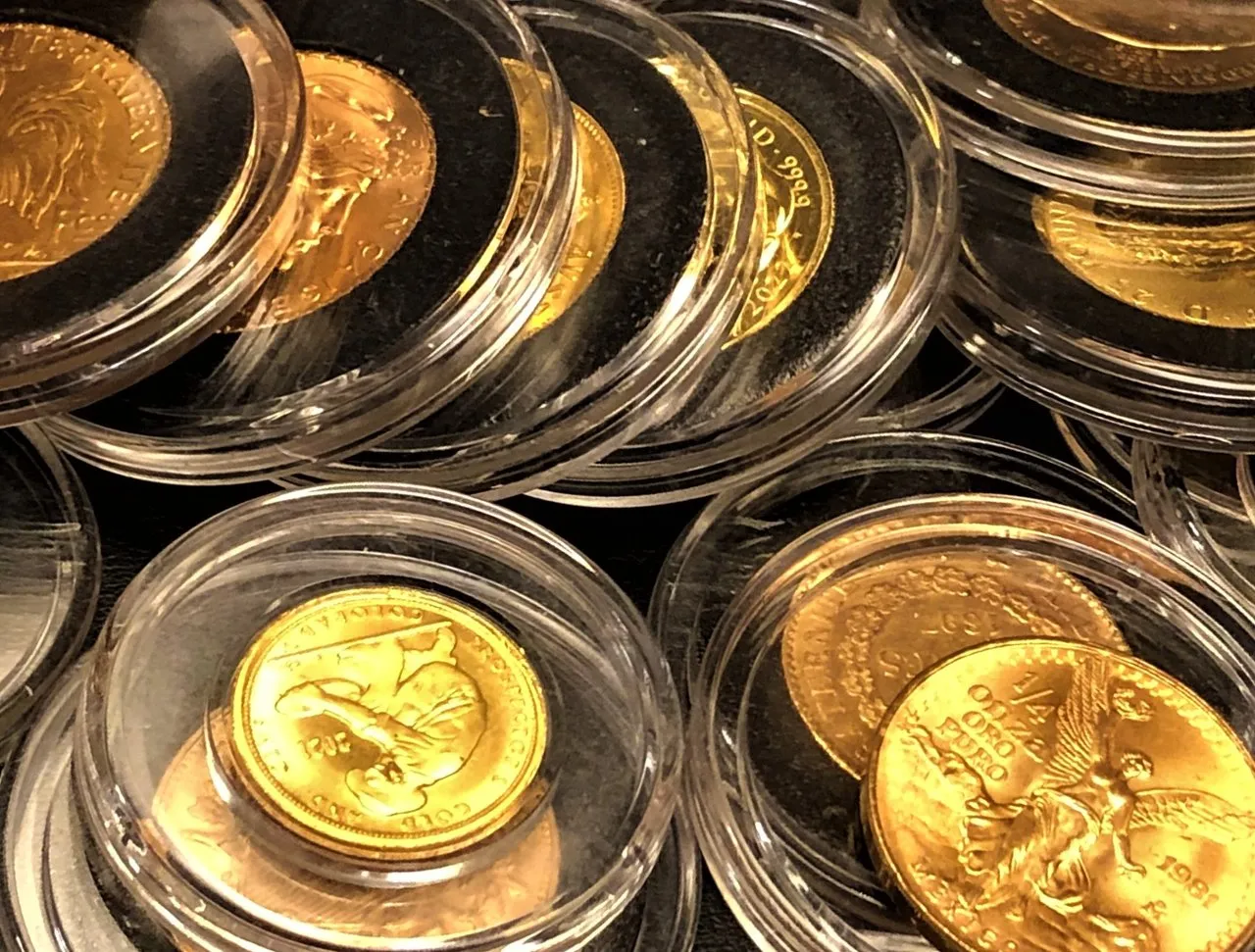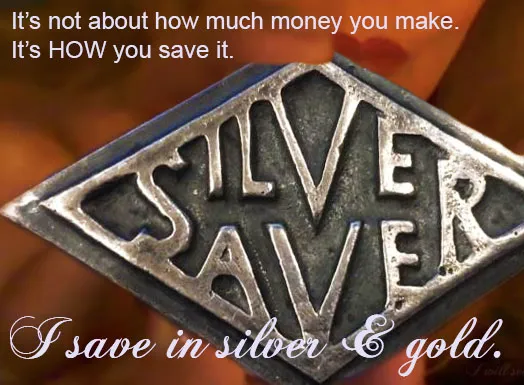It seems incomprehensible to ban something that has been so fundamental and essential to our culture for thousands of years. Yet the U.S. government did just that between 1933 and 1974.

Everything seemed to be going well in the 1920s; World War I had just finished, and it appeared that the United States was on the verge of an era of expansion, prosperity, and peace. Unfortunately, a side effect that frequently comes along with good times is complacency. The public, financial institutions, and government have all shown complacency. Banks began lending far more than they could afford as a result, while the government stood by and allowed speculators to make enormous deals on stocks and speculative investments. The United States was about to enter the Great Depression.
When the economy is struggling, risk reduction and debt repayment are among the first things people undertake. It therefore comes as no surprise that people wanted to withdraw their cash from banks in order to buy gold or settle debts. However, banks were making far more loans than they could afford. As a result, many banks were in reality failing by 1933, when everyone was attempting to take their money at once.
Bankruptcies affected about half of all American banks. While the crisis was escalating, the U.S. administration was only able to watch from a distance and offer little assistance. In the current period, whether it was the dot-com boom, the 2008 financial crisis, or pandemic, the Federal Reserve is prepared to lower rates and pump up stimulus. The Great Depression occurred when the Federal Reserve was in operation; yet, unlike now, they could not simply go out and print trillions of dollars at the time. Every single dollar was backed by gold since the government was required to keep a certain quantity of the gold on hand for every dollar in circulation.
It was the primary driver behind the massive exchange of cash for gold, a dynamic that produced a very unusual circumstance. In order to boost the economy, the government required gold, but the people had to trade their own gold for currency or give it away. Consequently, the crisis's resolution was relatively obvious from a macroeconomic perspective. Simply take the gold from the people and give it to the government.

The Gold Ban, Executive Order 6102, was issued by President Roosevelt on April 5, 1933. By May 1, all persons of the United States had to turn over to the Federal Reserve all gold bullion coins and gold certificates worth more than $100. They would have received $20.67 per ounce in exchange from the Federal Reserve. If someone kept their gold and the authorities found out, they could get a fine of $10,000 or up to 10 years in prison. $10,000 in 1933 is equivalent in purchasing power to about $$212,826 today.
The price of gold was increased by the Treasury Department from $20.67 to $35 per ounce in January 1934, after the majority of the gold had been collected. Therefore, the government essentially coerced people into selling all of their gold at a reduced price, and once they had gathered all of the gold, they increased the price.
Although this is obviously incredibly unfair to the owners of the gold, it seems like the right choice for the nation as a whole. This explanation clearly displeased the former owners of the gold, and many of them threatened legal action against the government.
The Federal Reserve was straining to maintain the required gold reserve ratio, and the US government did nothing to address this fundamental issue. However, now that the government has ordered all the gold in the country, this issue will no longer exist for a few more decades.
After World War II ended, the Western world adopted the Bretton Woods system, which was essentially an agreement to keep all major currencies pegged to the dollar, and the United States brought the dollar back to gold. The decision to outlaw the ownership of gold appeared to be a wise one.
To be continued!
Sources:
Huffpost, TheConversation, UCSB



I hope to see you again soon!

I post an article daily. I feature precious metals every other day, and on other days I post article of general interest. Follow me in my journey to save in silver and gold.